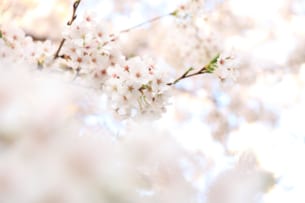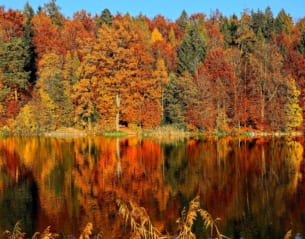Cedar Pollen Forecast 2023 (Part 1):
Pollen Dispersal to Start in Kyushu, Chugoku, and Kanto Areas.
Press Release
On Tuesday, February 21st, 2023, Japan Weather Association (JWA) announced the Spring Pollen Dispersal Forecast in each prefecture. Detailed information <The Amount of Pollen Dispersal Forecast in Spring 2023> is able to purchase through JWA’s corporate site.
1. Start of Cedar Pollen Dispersal
In February, cedar pollen spread has begun in Kyushu, and a part of Chugoku, Shikoku, Kinki, Tokai, Kanto, the southern part of Tohoku*. This marks the beginning of the pollen season. Further on, in March, cedar pollen is expected to begin dispersing in Nagano and the northern part of Tohoku.
Although some areas still remain bitterly cold even after “Risshun”, the first day of spring, temperatures have been above normal on some days, and the area where cedar pollen is dispersed is expanding. Temperatures are expected to be higher than normal throughout the country through March, and the dispersion will soon reach its peak, especially in Kyushu, where it has already begun to spread. Since large amounts of pollen are expected to be dispersed in many areas this year, hay fever sufferers should take appropriate measures to prevent the spread of pollen.

* The beginning date of dispersal: The first day when one or more than one cedar pollen per square centimeter is observed for two consecutive days.
2.2023 Season Tendency
■Comparison of Average Year
Pollen dispersal forecast for spring 2023 is average in Kyushu, and slightly higher in Shikoku, Chugoku, Kinki, and Hokuriku. Pollen dispersion is expected to be high in Tokai and Tohoku, and very high in Kanto Koshin. On the other hand, Hokkaido will have slightly less pollen compared to the average year.
■Comparison of Previous Season
Compared to the previous season, the amount of dispersal is likely to be large from Kyushu to Kanto Koshin. Especially in Shikoku, Kinki, Tokai, and Kanto Koshin. There will be regional differences in Tohoku area, and Hokkaido will have less pollen. Even those who had mild symptoms in the previous season will need to take full measures against hay fever.
[Explanation of the terms about the amount of releasing]
| Very high | 200% or more of the previous season/average year |
| High | 150% or more but less than 200% of the previous season/average year |
| Slightly high | 110% or more but less than 150% of the previous season/average year |
| Average | 90% or more but less than 110% of the previous season/average year |
| Slightly less | 70% or more but less than 90% of the previous season/average year |
| Less | 50% or more but less than 70% of the previous season/average year |
| Very less | less than 50% of the previous season/average year |
| Previous season | Amount released in the 2022 season |
| Average year | Average of the past 10 years (2013-2022) |
JWA’s Pollen Dispersal Forecast
For more detailed information about JWA’s Pollen Dispersal Forecast, please find the link below:
https://www.jwa.or.jp/english/service/seasonal-news-pollen-dispersal-forecast/
PLEASE REFRAIN FROM USING THIS INFORMATION FOR CORPORATE PURPOSES WITHOUT PREMISSION (QUOTATION IN PRESS RELEASES OR USE FOR PROMOTIONAL PURPOSES).
If you are considering corporate use for product PR and so on, please contact us through our inquiry form. ( https://www.jwa.or.jp/english/contact/)
Originally released in Japanese: 2023/2/21
PDF DOWNLOAD:Cedar Pollen Forecast 2023 (Feb 21st, 2023)_


